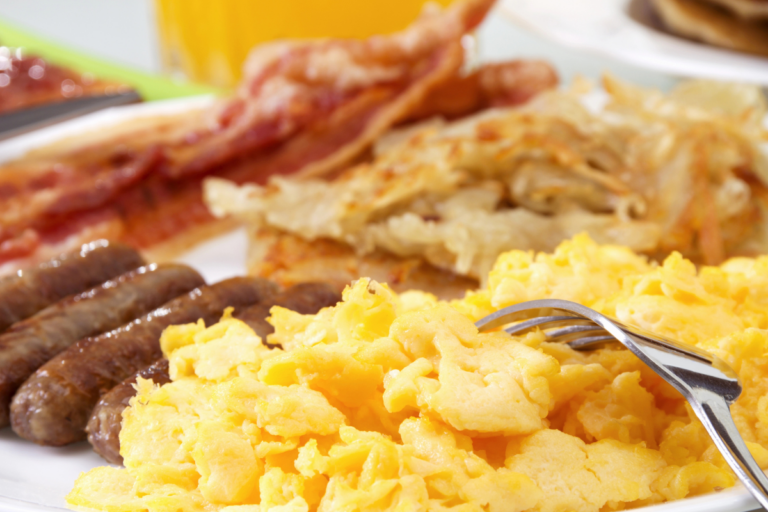Do You Remember These 15 Popular Diet Crazes That Defined the 90s?
The 1990s were a decade of change and experimentation, especially concerning diet and health trends. From low-fat crazes to high-protein diets, the ’90s saw a wide array of eating plans that promised everything from weight loss to increased energy.
Some of these trends have endured, while others have faded into obscurity. Let’s take a trip down memory lane and explore 15 of the most iconic diet trends of the 1990s. Can we learn from these trends and create a healthier more realistic way of life today?
Low-Fat Diets

Low-fat diets were all the rage in the 1990s, with the belief that cutting out fat would help people lose weight and stay healthy. This trend led to the creation of countless low-fat products, from cookies to chips. The emphasis was on reducing fat intake, sometimes to the detriment of overall nutrition.
Despite the initial popularity, many low-fat products were high in sugar and calories. Over time, people realized that not all fats are bad, and the trend began to wane. However, the low-fat craze left a lasting impact on food marketing and consumer habits.
Atkins Diet
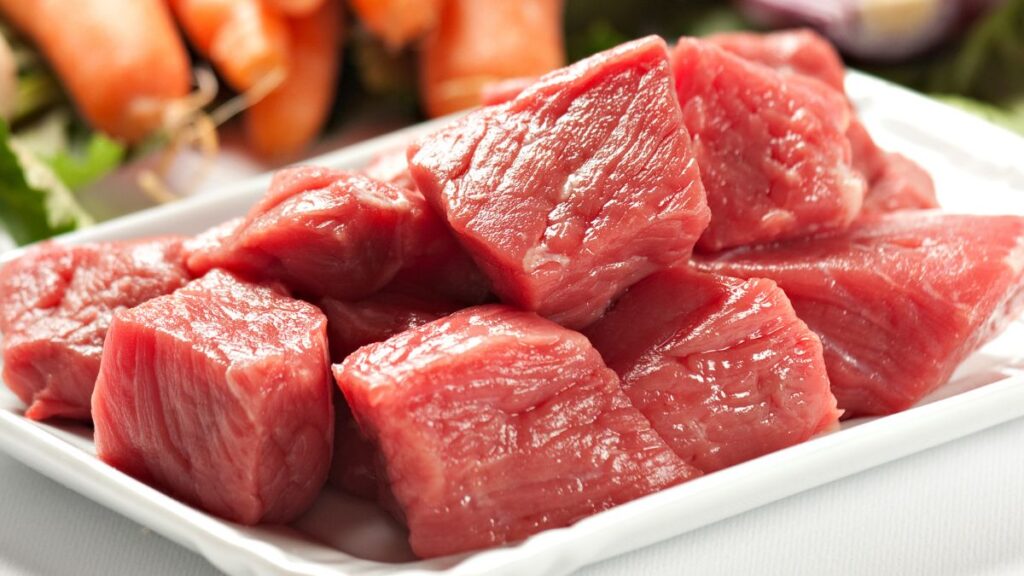
The Atkins Diet, developed by Dr. Robert Atkins, became a major phenomenon in the 1990s. This low-carb, high-protein diet emphasized meat, cheese, and vegetables while avoiding bread, pasta, and sugar. The idea was to switch the body’s metabolism from burning carbohydrates to burning fat.
Many people saw rapid weight loss results, making the diet incredibly popular. However, the diet was also controversial, with some experts concerned about its high fat content. Despite this, the Atkins Diet remains a well-known name in the world of dieting.
Zone Diet

Created by Dr. Barry Sears, the Zone Diet aimed to balance the intake of protein, carbohydrates, and fat in a specific ratio. Followers were encouraged to get 40% of their calories from carbs, 30% from protein, and 30% from fat. The diet focused on controlling insulin levels to promote weight loss and improve overall health.
It was considered more balanced than other fad diets of the time. The Zone Diet gained a strong following and is still practiced by some today. Its principles have influenced other modern diet plans as well.
SlimFast
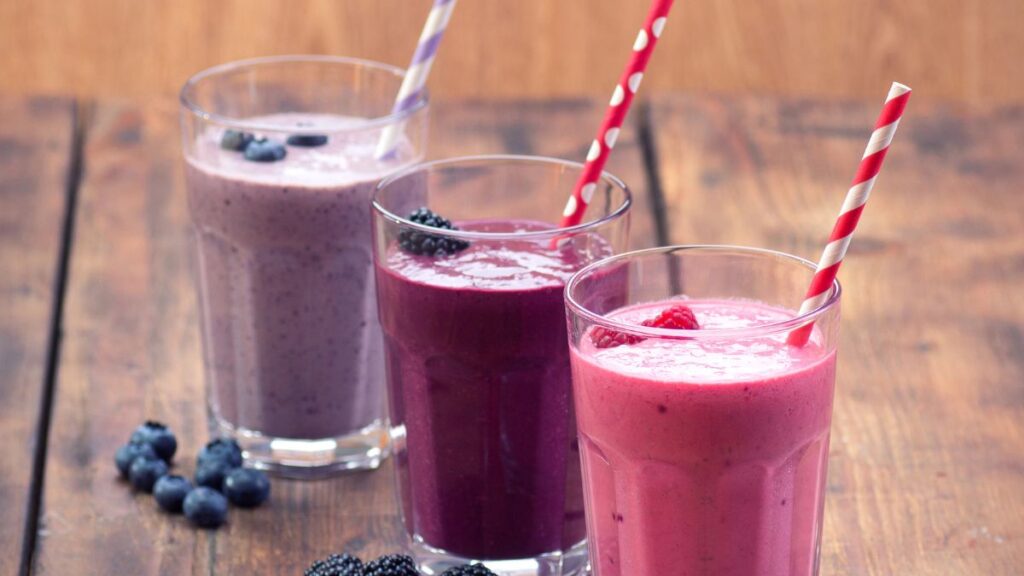
SlimFast offered a simple and convenient approach to weight loss with its meal replacement shakes and bars. The plan typically involved replacing two meals a day with a SlimFast product and eating a sensible dinner. The shakes and bars were marketed as low-calorie, nutritious options that could help people lose weight quickly.
SlimFast became a household name and was widely advertised on TV. While some found success with the program, others struggled with its restrictive nature. Despite mixed reviews, SlimFast remains a recognized brand in the diet industry.
Cabbage Soup Diet

The Cabbage Soup Diet was a short-term weight loss plan that promised quick results. It involved eating large quantities of cabbage soup along with a few other specific foods over the course of a week. The diet was low in calories and designed to help people shed pounds rapidly.
However, it was also criticized for being monotonous and lacking in essential nutrients. While some people saw immediate weight loss, maintaining it was often difficult. The Cabbage Soup Diet is a classic example of a quick-fix diet trend from the 1990s.
South Beach Diet

Developed by cardiologist Dr. Arthur Agatston, the South Beach Diet focused on eating “good carbs” and “good fats” to promote heart health and weight loss. The diet was divided into three phases, starting with a strict low-carb phase and gradually reintroducing healthy carbs.
The emphasis was on lean proteins, healthy fats, and high-fiber vegetables. The South Beach Diet gained popularity for its balanced approach and health benefits. It remains a well-regarded diet plan and has influenced many other low-carb diets.
Blood Type Diet

The Blood Type Diet, created by Dr. Peter D’Adamo, suggested that people should eat according to their blood type. The diet claimed that certain foods were better suited for specific blood types and could improve health and aid in weight loss.
For example, people with Type O blood were advised to eat a high-protein diet, while those with Type A were encouraged to eat more vegetarian foods. The diet was unique and gained a dedicated following. However, it was also met with skepticism from the medical community.
The Grapefruit Diet
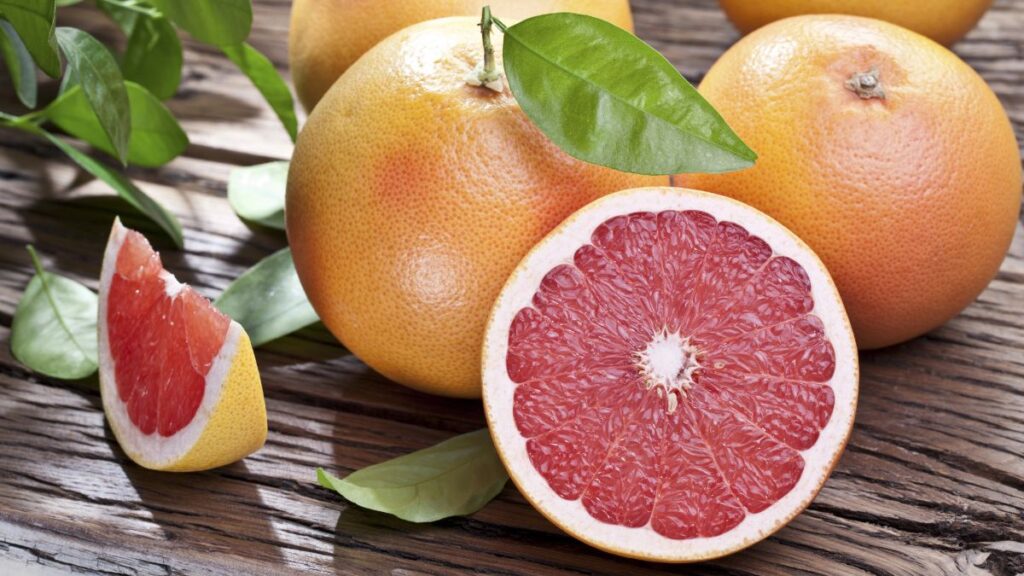
The Grapefruit Diet was another fad that promised quick weight loss by eating half a grapefruit or drinking grapefruit juice before each meal. The diet was believed to boost metabolism and burn fat. It was usually combined with a low-calorie, high-protein meal plan.
While some people reported losing weight, the diet was criticized for being too restrictive and lacking scientific evidence. The Grapefruit Diet is a classic example of the lengths people would go to for quick results in the 1990s.
Raw Food Diet
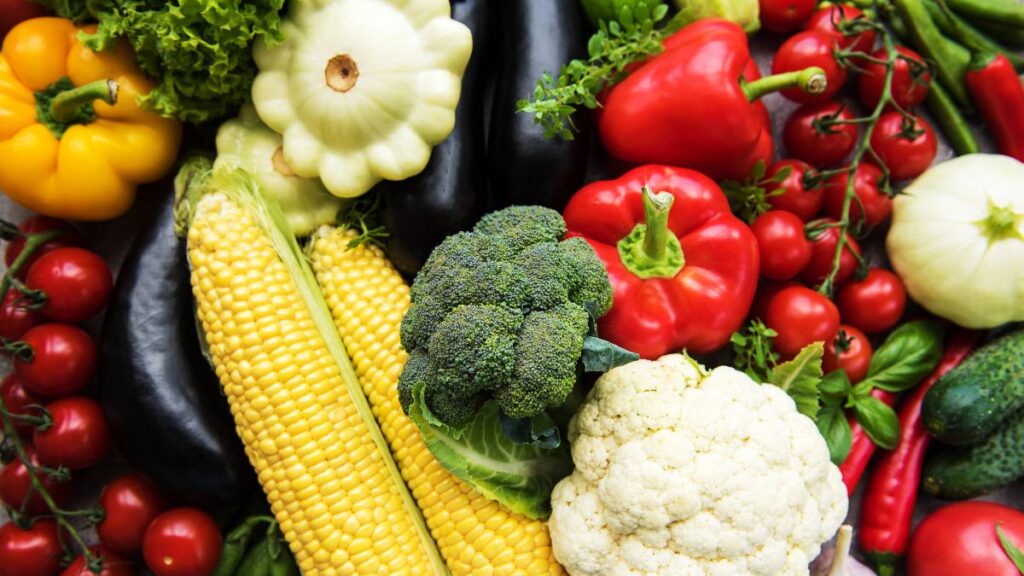
The Raw Food Diet encouraged eating unprocessed and uncooked foods to preserve their natural nutrients and enzymes. Followers of this diet consumed a lot of fruits, vegetables, nuts, and seeds. The diet was praised for promoting whole, natural foods and was seen as a way to detoxify the body.
However, it was also challenging to follow and sometimes lacked essential nutrients. Despite these challenges, the Raw Food Diet gained a dedicated following and continues to influence healthy eating trends today.
Sugar Busters

The Sugar Busters Diet focused on cutting out refined sugars and high-glycemic index foods to promote weight loss and improve health. The diet encouraged eating whole grains, vegetables, lean proteins, and healthy fats.
By avoiding foods that spike blood sugar levels, followers hoped to reduce insulin resistance and shed pounds. The diet gained popularity for its straightforward approach and emphasis on natural foods. Sugar Busters left a lasting impact on how people viewed sugar in their diets.
Fat-Free Everything

In the 1990s, fat-free products flooded the market, from fat-free cookies to fat-free dressings. The belief was that cutting out fat would lead to weight loss and better health. Many people stocked their kitchens with these products, thinking they were making healthier choices.
However, fat-free often meant higher sugar and lower satisfaction. Over time, people realized that not all fats are bad and that moderation is key. The fat-free craze is a memorable part of 1990s diet culture.
Detox Diets

Detox diets aimed to cleanse the body of toxins through specific foods, drinks, or fasting. These diets often included juices, teas, and other detoxifying foods. The goal was to improve digestion, boost energy, and promote weight loss.
While some people felt revitalized by detox diets, others found them too restrictive and lacking in essential nutrients. Despite mixed reviews, detox diets remain popular as a quick fix for weight loss and health.
Jenny Craig
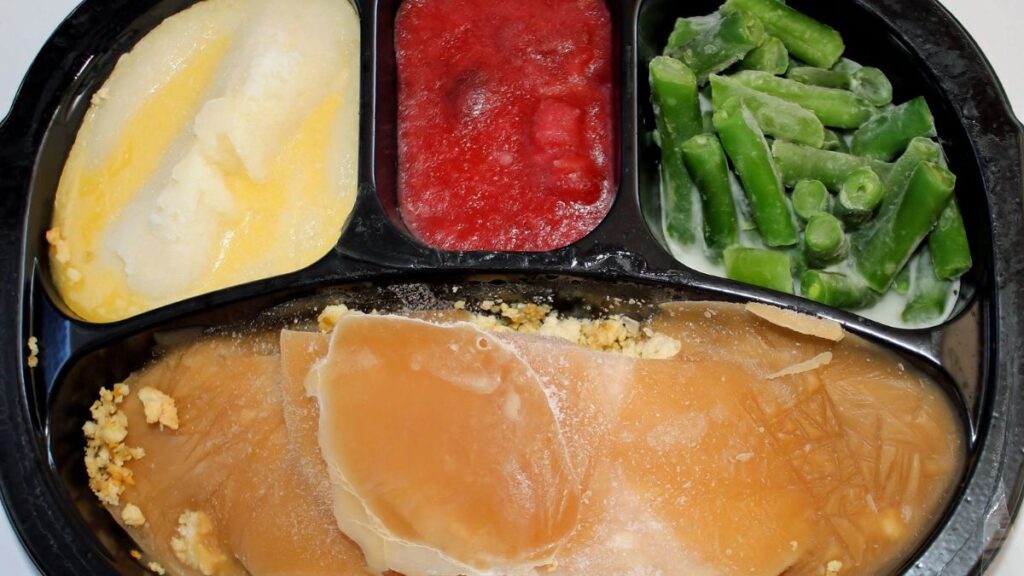
Jenny Craig offered a comprehensive weight loss program that included pre-packaged meals, personalized coaching, and support. The program aimed to help people lose weight through portion control and balanced nutrition.
Jenny Craig became popular for its convenience and structured approach. Many people found success with the program’s support system and easy-to-follow meals. The brand remains a well-known name in the diet industry and continues to help people achieve their weight loss goals.
The Master Cleanse

The Master Cleanse, also known as the Lemonade Diet, involved drinking a mixture of lemon juice, maple syrup, cayenne pepper, and water for several days. The diet promised to detoxify the body and promote rapid weight loss.
While some celebrities endorsed the cleanse, it was also criticized for being extreme and unsustainable. The Master Cleanse is a prime example of the lengths people went to for quick weight loss in the 1990s. It remains a controversial and memorable diet trend.
Vegetarian and Vegan Diets

While vegetarian and vegan diets have been around for a long time, they gained significant popularity in the 1990s. People chose these diets for health, environmental, and ethical reasons.
The focus was on plant-based foods, excluding meat and, in the case of veganism, all animal products. These diets were praised for their health benefits and sustainability. The rise of vegetarian and vegan diets in the 1990s paved the way for today’s plant-based movement.
20 Foods No One Can Afford Anymore Due To Inflation

With the ever-rising living costs, some foods have become luxury items that only the wealthiest can afford. From exotic delicacies to once-affordable staples, the price hikes have made certain foods out of reach for the average consumer.
20 Foods No One Can Afford Anymore Due To Inflation
15 Foods Only The Wealthy and Elite Can Eat Now

Culinary trends are constantly evolving, and some foods have become more than just sustenance—they’ve become status symbols reserved for the elite.






